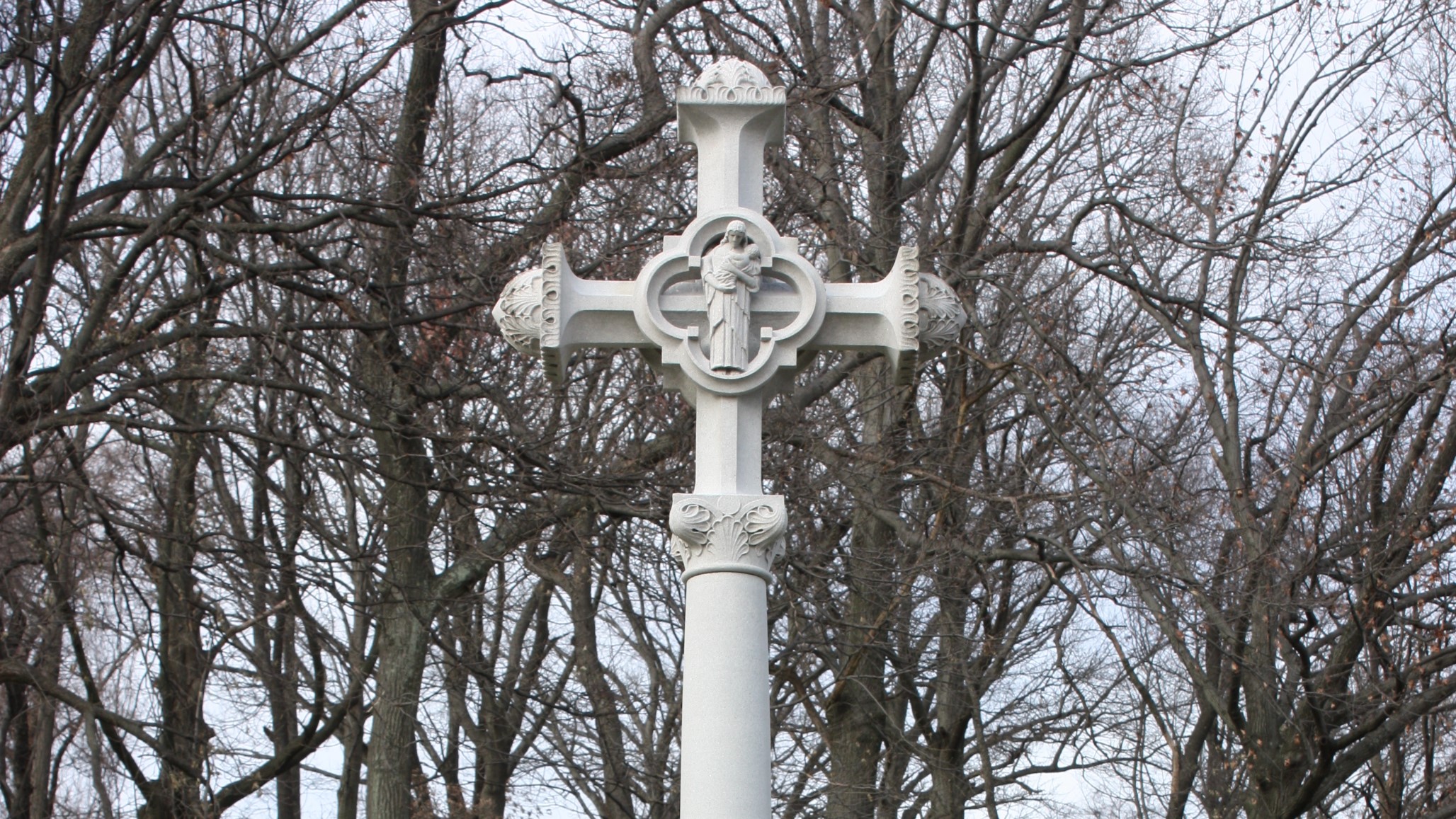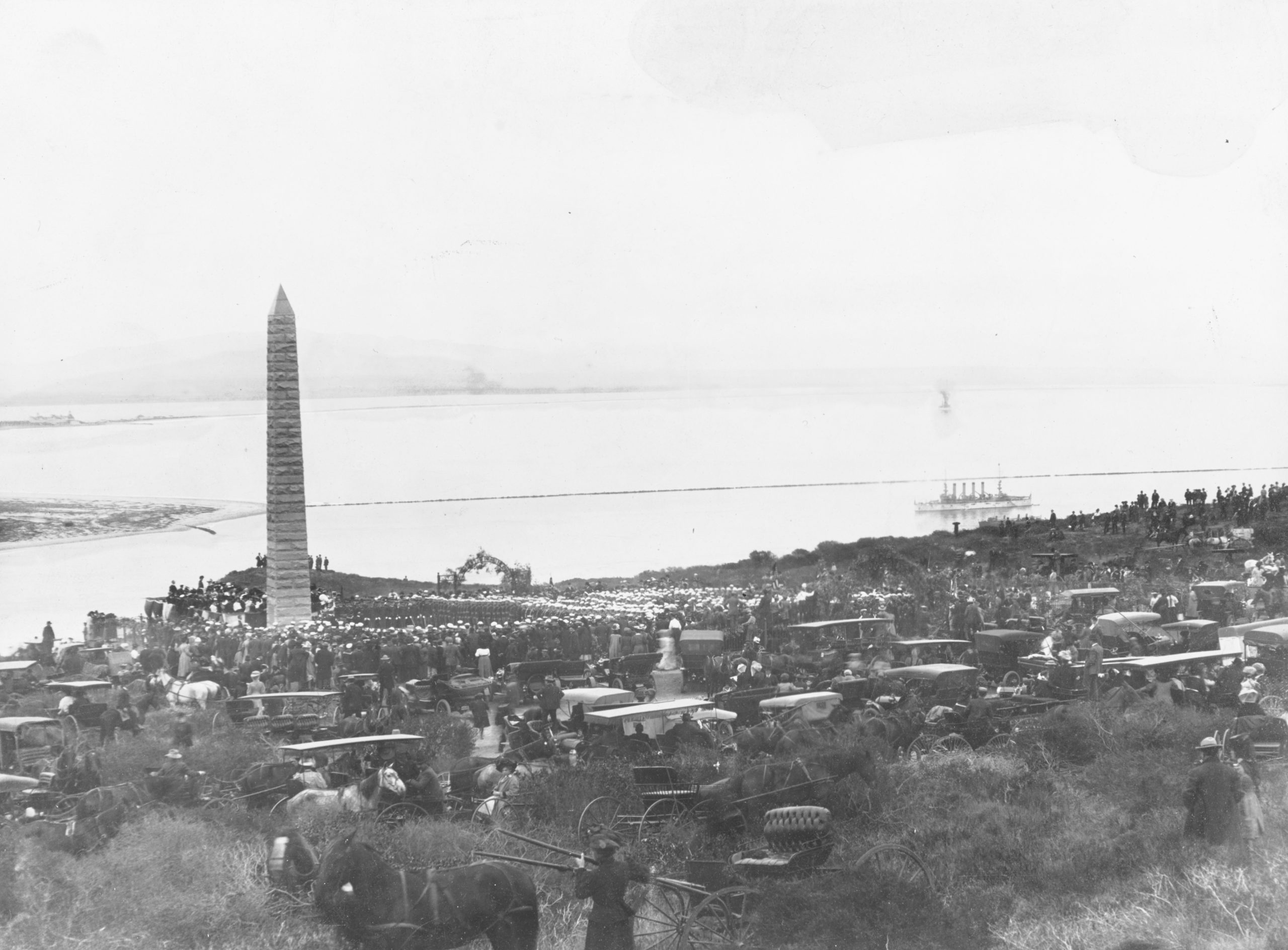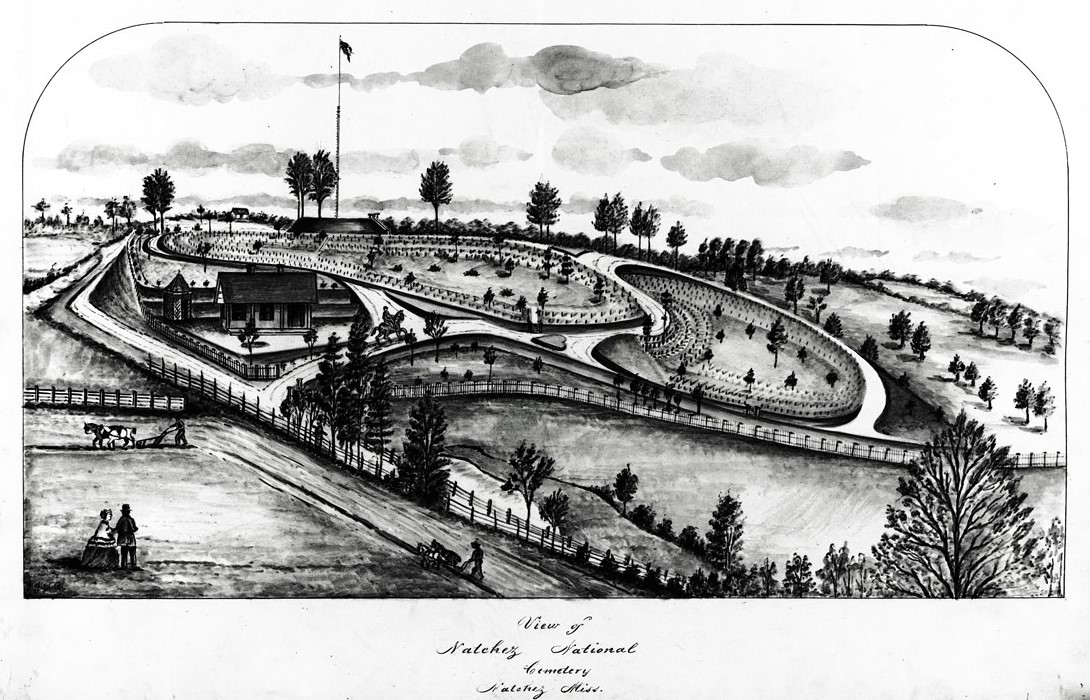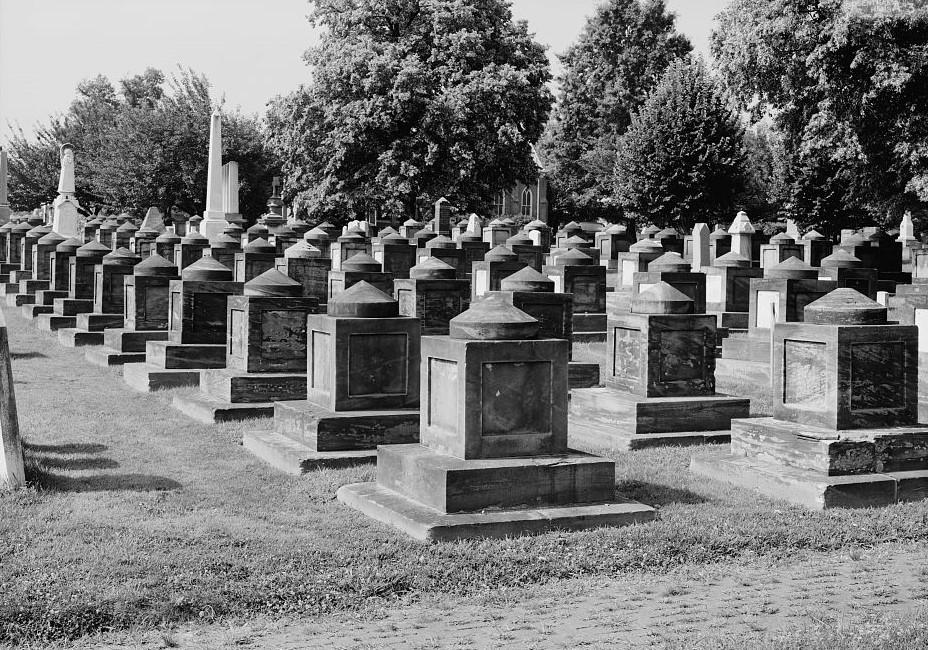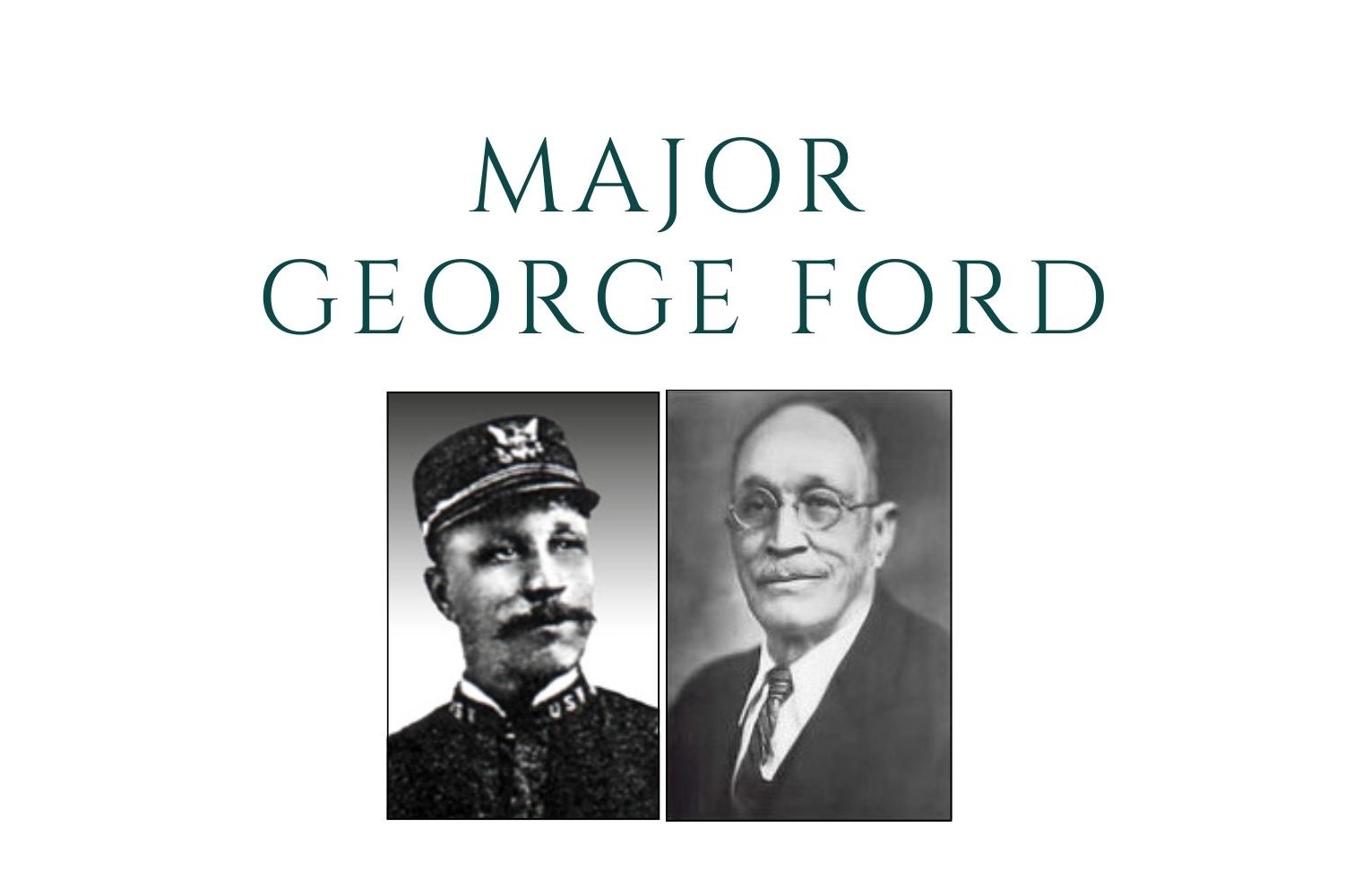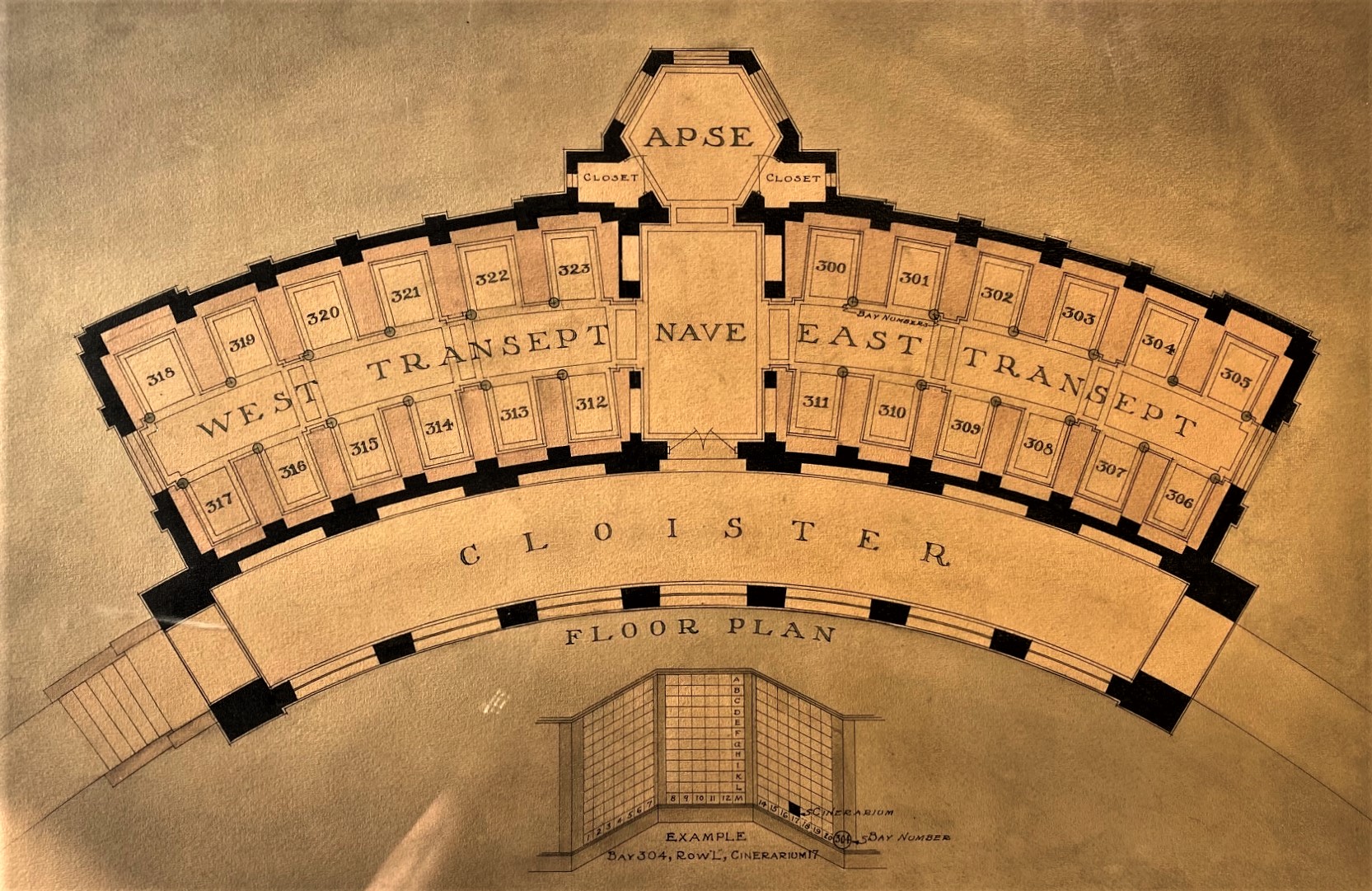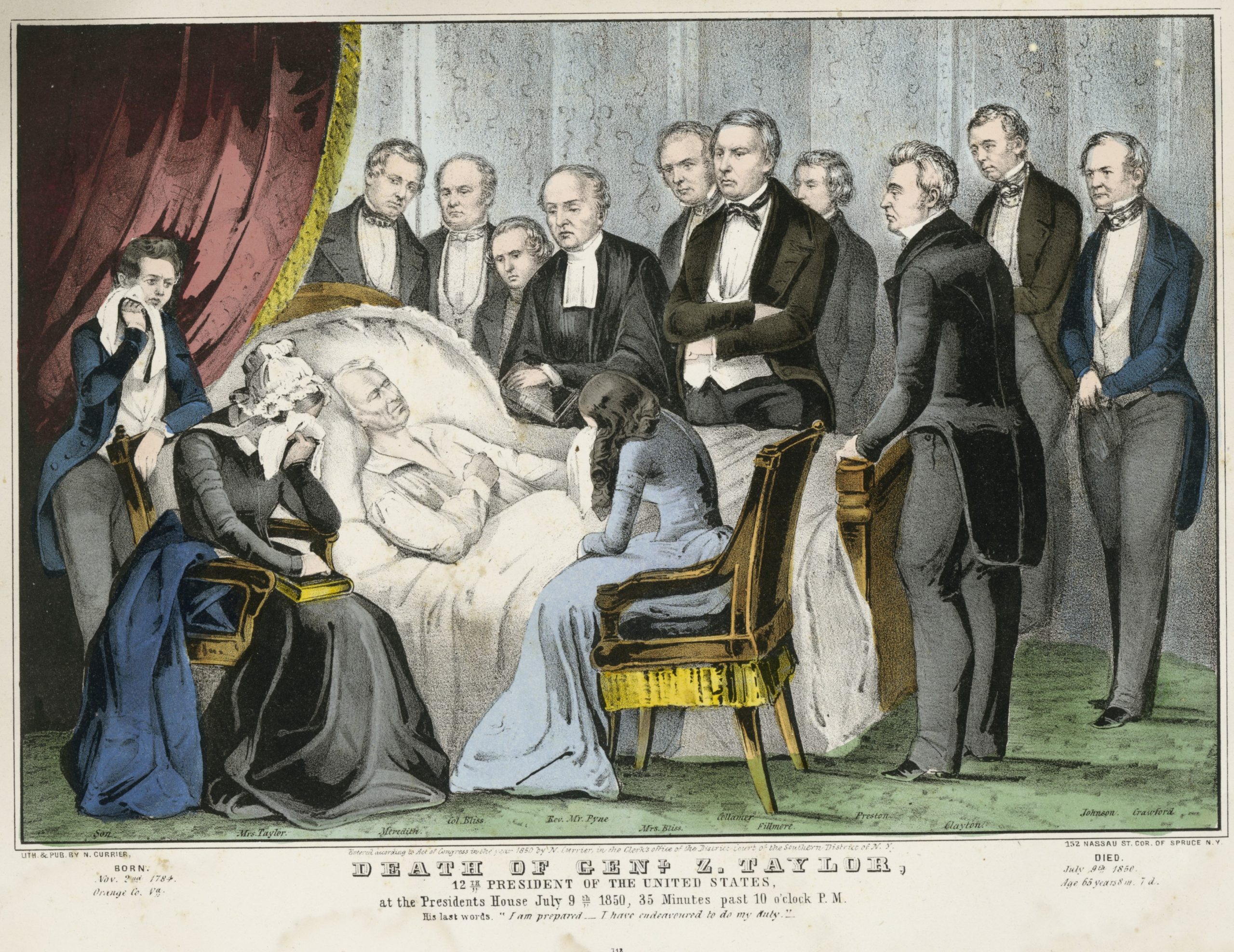Featured Stories
During the late evening, early hours of April 23-24, 1865, the Black Diamond, a ship on the Potomac River searching for President Abraham Lincoln's assassin John Wilkes Booth collided with another ship, the USS Massachusetts. The incident was a terrible accident during the frantic mission to locate the fleeing Booth before he escaped into Virginia. Unfortunately many lives were lost, including four civilians who had been summoned from a local fire department by the Army. For their assistance during this military operation, all four were buried in the Alexandria National Cemetery, some of the few civilians to receive that honor.
History of VA in 100 Objects
In the waning days of World War I, French sailors from three visiting allied warships marched through New York in a Liberty Loan Parade. The timing was unfortunate as the second wave of the influenza pandemic was spreading in the U.S. By January, 25 of French sailors died from the virus.
These men were later buried at the Cypress Hills National Cemetery and later a 12-foot granite cross monument, the French Cross, was dedicated in 1920 on Armistice Day. This event later influenced changes to burial laws that opened up availability of allied service members and U.S. citizens who served in foreign armies in the war against Germany and Austrian empires.
History of VA in 100 Objects
The mounted plaque stands in front of the headstones at Mobile National Cemetery in Alabama. The dark, cast-aluminum tablet draws a stark contrast to the sea of pearly marble beyond. Across its face in white lettering runs the sorrowful first stanza of Theodore O’Hara’ elegiac poem, “Bivouac of the Dead,” beginning with the verse “The muffled drum’s sad roll has beat / The Soldier’s last tattoo; / No more on life's parade shall meet / That brave and fallen few.” Tablets bearing passages from O’Hara’s poem can be found in dozens of VA national cemeteries across the country. Originally written to honor the Kentucky volunteers who died in the Mexican War (1846-48), the poem now serves as a literary memorial to all lives lost in service to the nation.
History of VA in 100 Objects
On July 21, 1905, one of the USS Bennington's boilers exploded, killing 49 sailors. Almost immediately after the accident, surviving crew and fellow sailors donated funds to build a monument at the grave site for their fallen comrades. This burial ground would later become Fort Rosecrans National Cemetery.
History of VA in 100 Objects
Graves of unknown soldiers in the national cemeteries are commonplace and marked in many different ways. While the Tomb of the Unknown Soldier in the Army’s Arlington National Cemetery is the most culturally recognizable unknown grave, VA national cemeteries also have less grand examples of unknown burials that span the early 19th century through the Korean War. The most common form of unknown marker, however, is the simple 6x6-inch stone that adorns the graves of thousands of Civil War soldiers.
History of VA in 100 Objects
The U.S. Army’s plan for the recovery of Union dead across the South after the Civil War came about through the labors of a remarkable if little known officer, Edmund Whitman. He spent four years overseeing the collection of thousands of remains and creating “mortuary records” of reburials in new national cemeteries. After completing his “Harvest of Death,” to use his phrase, he produced in 1869 an extraordinary report that recounted the breadth, sequence, and challenges of his reinternment mission.
History of VA in 100 Objects
Congressional Cemetery occupies 35 acres of land in the southeast section of Washington, DC, and has served as the final resting place for scores of elected officials and notable Washingtonians. The more than 60,000 gravesites include 806 maintained by VA. Some 168 of the VA sites are adorned with one of the most distinctive markers to be found in the cemetery—the iconic cenotaphs designed by Benjamin H. Latrobe, the nation’s first professional architect.
Featured Stories
George Ford was a Veteran of the famed "Buffalo soldiers" after the Civil War. A U.S. law gave preference to employ Veterans to oversee the growing cemetery system for Union dead. So in 1878, Ford became one of the first Black Veteran superintendents of a national cemetery.
History of VA in 100 Objects
On May 12, 1868, Dorothea L. Dix at last had the satisfaction of transferring to the Army ownership of the monument she helped finance and shepherd to completion. Dedicated to “Union Soldiers who perished in the War of the Rebellion,” Dorothea Dix's monument was a 65-foot-tall granite obelisk erected in Hampton National Cemetery in Virginia near the large Civil War hospital at Fort Monroe.
History of VA in 100 Objects
In June 1941, Charles Ray Smith—aviation mechanic, Army Veteran, and past commander of the American Legion post in Gridley, California—died suddenly after a surgical procedure at age 52. His brothers and young son had the body cremated at the new columbarium at what is now Los Angeles National Cemetery.
History of VA in 100 Objects
The 1867 “Act to establish and to protect National Cemeteries” directed the Secretary of War to appoint a superintendent for each cemetery who was to reside in a lodge at the main entrance of the property. The superintendent’s principal duties involved greeting visitors, answering their questions, and taking care of the grounds. The Army provided superintendents with printed disability certificates affirming that the recipient had “been found a meritorious and trustworthy person, disabled in the service of the United States.”
History of VA in 100 Objects
Three burial vaults, two funeral processions a thousand miles apart, and a daytrip to quash an assertion of foul play–the remains of Zachary Taylor, the only U.S. president laid to rest in a VA national cemetery, have taken an especially tortuous path to their resting place in Louisville, Kentucky.



